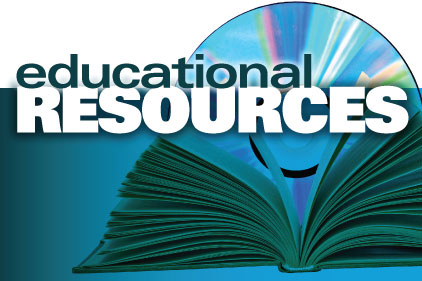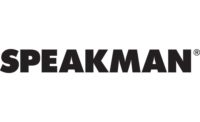 The International Safety Equipment Association (ISEA) has received American National Standards Institute (ANSI) approval for ANSI/ISEA Z358.1-2014, American National Standard for Emergency Eyewash and Shower Equipment.
The International Safety Equipment Association (ISEA) has received American National Standards Institute (ANSI) approval for ANSI/ISEA Z358.1-2014, American National Standard for Emergency Eyewash and Shower Equipment.
ANSI/ISEA Z358.1-2014 was prepared by the Emergency Eyewash and Shower Group of the ISEA and reviewed by a consensus panel of key stakeholders representing architects, healthcare facilities, chemical and safety professionals and government agencies.
What changed
This revision updates the 2009 version and includes further clarification to emphasize that fluid flow location and pattern delivery for emergency eyewashes and eye/face washes is the critical aspect in designing and installing these devices, rather than the positioning of nozzles. Additionally, illustrations have been updated to reflect contemporary design configurations that are known to meet the criteria in the standard.
“This globally accepted standard continues to be the authoritative document that specifies minimum performance criteria for flow rates, temperature and drenching patterns,” said Imants Stiebris, chairman of the ISEA Emergency Eyewash and Shower Group and Safety Products Business Leader of Speakman Company. “These are important characteristics for a user to receive adequate emergency treatment of the eyes and body when exposed to injurious materials.”
FAQs and a checklist
In addition to the revised standard, the ISEA’s new Emergency Eyewash and Shower Equipment Selection, Installation and Use Guide is a document that provides assistance on the proper selection, use and maintenance of equipment. The 22-page guide includes a Frequently Asked Questions section, and an Annual Inspection Checklist.
“The checklist is a useful tool to verify proper equipment function and ensure that any changes in the area have not affected the safe use and operation of the equipment,” continued Stiebris. The guide is available for download in PDF format, and will be updated as required by changes in regulation or standards.
To download the new guide, please CLICK HERE


